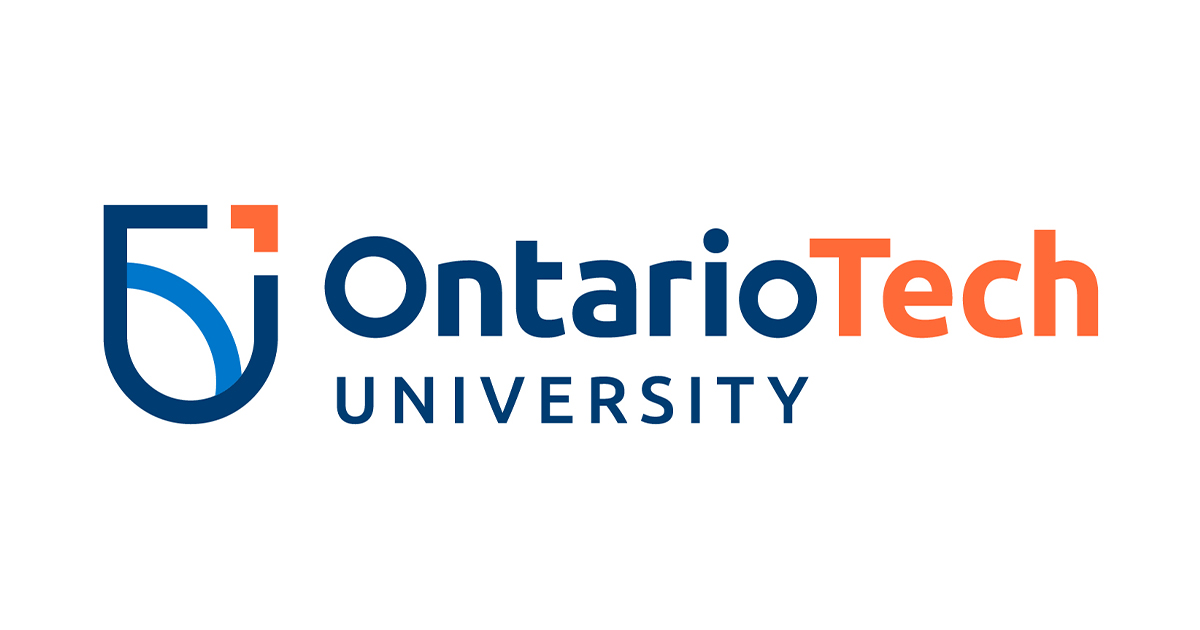Quantitative Analysis for Environmental Professionals
Overview
Developed by Dr. Robert Bailey, this short course is a hands-on approach to the design, analysis, and communication of quantitative studies in environmental science. Its intended audience is working environmental professionals in industry, government, and non-government organizations carrying out field and lab studies including environmental assessments, diversity inventories, and toxicological research.
Each day will cover a new topic related to Environmental Science Statistics and learners will complete four lab assignments and one final presentation. Data will be assembled and analyzed using a spreadsheet and the statistical and graphics software known as R, which is available as a free download for Windows, Mac, and UNIX operating systems.
Who should attend?
You may use the knowledge and skills developed through this course if you are a:
- Professional working in Envrionmental Science or Sustainability
- Professional working in Statistics
- Researcher
- Data Analyst
- Professional working in a government lab
- Professional working in a nongovernmental organization
What you'll learn
Learners who successfully complete the course will know how to:
- Create a conceptual model for a research project
- Design an observational or experimental research study that incorporates the concept of power (the ability to detect deviations from a null hypothesis)
- Analyze univariate and multivariate data
- Effectively present analyses of univariate or multivariate data from a biological research study
- Critically assess all of the above in a biological research study
- Consider alternatives to the hypothesis testing paradigm for analyzing quantitative data
Learners will also show proficiency with the following software tools:
- Spreadsheet (MSExcel, Google Sheets)
- R statistics software (including customizing scripts)
- Presentation (MSPowerpoint, Google Slides)
Course information
Winter 2025
| Quantitative Analysis for Environmental Professionals | Online: February 17 to 21, 2025 | 12 to 3 p.m. |
|---|
Winter 2025
| Registration fee | Registration status |
|---|---|
| $441.59 CAD + HST |
|
The online course will take place over a period of five (5) consecutive days, starting on Monday and ending on Friday. Each day will run from 12 p.m. to 3 p.m. The course is structured with five lectures, four (4) lab assignments, and one (1) final presentation. The lab assignments serve as a practical application of the lecture content to the participants' own data.
Learners are encouraged to engage in discussions about the assignments with both the professor and their peers. However, it is essential to note that each learner is individually responsible for the submission of their final product. The weightage for individual assignments is as follows:
"Lab" Assignments 80% weighting
- Assignment 1 - Conceptual model, assembling and taking a first look at the data (15%)
- Assignment 2 – Creating linear models (35%)
- Assignment 3 – Multivariate analysis (20%)
- Assignment 4 – Statistical Rethinking (10%)
Presentation 20% weighting
Each learner will choose a published paper (approved by the instructor) and present a ten (10) minute presentation highlighting the design, analysis, and interpretation of the quantitative aspect of the study.The presentation mark is the mean of your instructor's mark and the mean of the class observers.
This is an open enrolment course.
Those completing 新加坡六合彩资料 Continuous Learning open enrolment offerings (e.g. certificate programs, courses, workshops, microcertifications, etc.) are subject to the policies of 新加坡六合彩资料 and Continuous Learning. Ontario Tech policies can be found in the . Continuous Learning policies can be found in the Regulations section of the Continuous Learning website. Specifically, those completing open enrolment offerings are expected to adhere to the General and Open enrolment regulations.
Requirements
This is an open-enrollment course.
This course is designed for professionals currently employed in industry, government, and non-governmental organizations who conduct field and laboratory studies, including environmental assessments, diversity inventories, and toxicological research.
To successfully complete the course, you must:
- Register and make full payment for the course;
- Complete each module and final assessment;
- Actively participate in all components of the course and;
- Successfully complete any assigned work by due date.
Technology requirements
Video conferencing
Online learning requirements:
- Computer or device with internet access
- Stable internet or data connection
- R Studio which is available as a for Windows, Mac, and UNIX operating systems.
Upon registration please review the to getting R and R Studio installed in Appendix A.
Material requirements
Learners are responsible for all material presented in lectures and videos, in addition the two online books listed below are available courtesy of the generosity of Hadley Wickham.
- R for Data Science (2e) -
- ggplot2: Elegant Graphics for Data Analysis (3e) -
